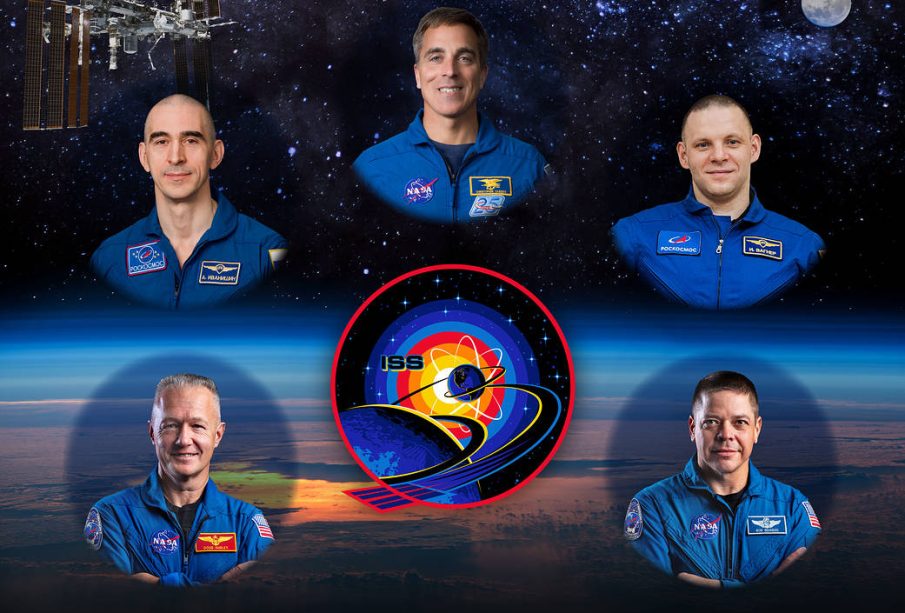NASA: The Pioneers of Space Exploration and Innovation

Introduction to NASA
NASA, the National Aeronautics and Space Administration, has been at the forefront of space exploration since its inception in 1958. With a mission to drive advancements in space science and technology, NASA continues to inspire millions around the globe. Its innovative projects and achievements are pivotal to our understanding of the universe, making it a significant entity in the realm of aerospace and research.
Current Missions and Developments
As of October 2023, NASA is actively engaged in several groundbreaking missions. The Artemis program, designed to return humans to the Moon by the mid-2020s, has successfully conducted several tests and revealed new insights into lunar geology. Recently, the Artemis I mission completed an uncrewed flight, setting the stage for future crewed missions.
In addition to lunar exploration, NASA’s Perseverance rover continues its mission on Mars, where it is conducting extensive geological assessments and searching for signs of ancient microbial life. The rover recently collected and stored rock samples, which are expected to be returned to Earth as part of a collaborative effort with the European Space Agency in the next decade.
Technological Innovations
Nasa is also known for its role in developing cutting-edge technologies. The agency’s advancements in robotics, materials science, and environmental monitoring not only benefit space exploration but have practical applications on Earth. For instance, the technology behind the Mars Helicopter, Ingenuity, is paving the way for future aerial exploration of other planets, showcasing the potential of unmanned aerial vehicles in research.
Conclusion: The Future of Space Exploration
As NASA continues to push the boundaries of what is possible in space exploration, it also ignites curiosity and hope in humanity’s quest to learn more about our universe. With upcoming missions planned to return to the Moon and further explore Mars, along with advancements in technology that may lead to human habitable structures on other planets, NASA’s ongoing efforts underscore the importance of investment in science and exploration. For readers, staying informed about NASA’s missions is not only fascinating but also essential to understanding the future of human presence in space.









